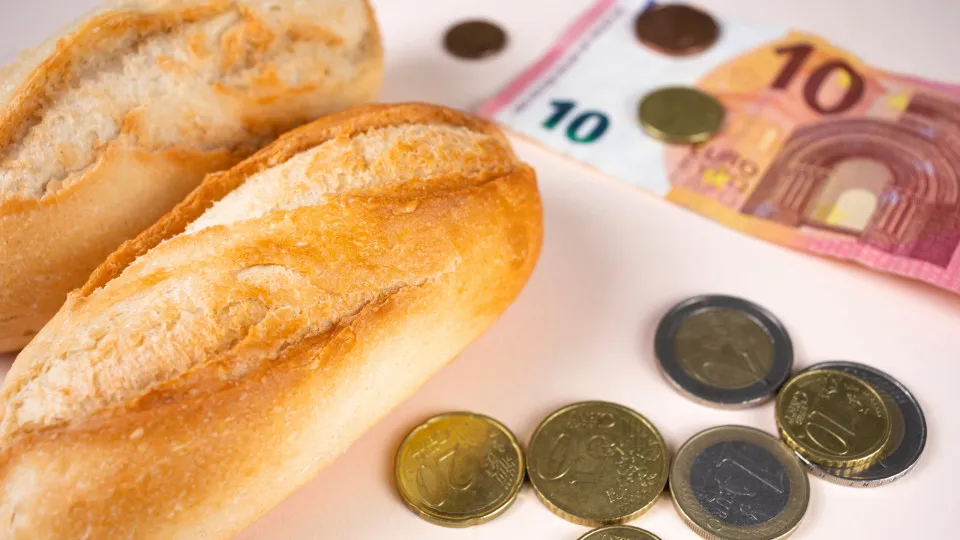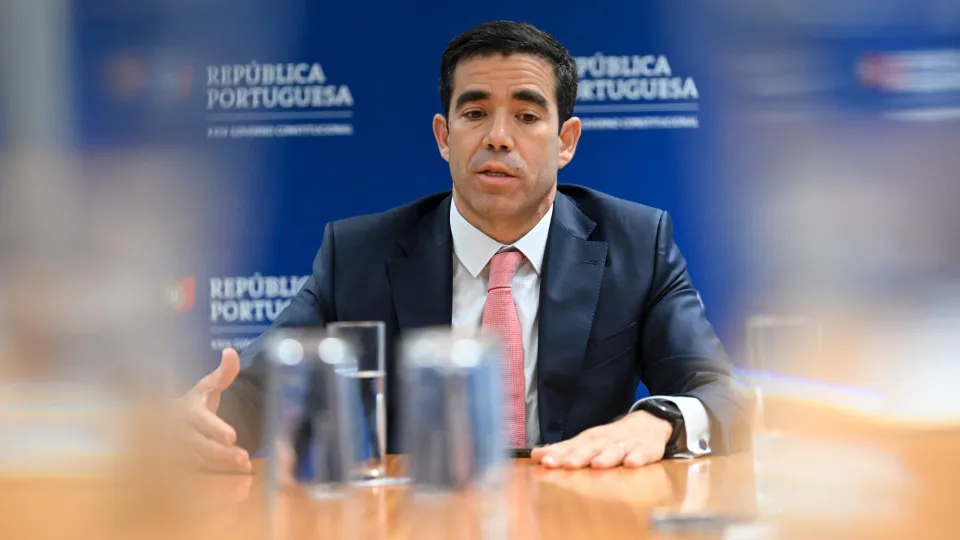
News on the horizon might disappoint bread enthusiasts as this staple food is expected to become more expensive next year. While specific figures remain undetermined, Deborah Barbosa, president of the Breadmaking Trade and Industry Association (ACIP), anticipates that the price increase will align with inflation.
“Numerous factors will impact our activities next year, including labor cost adjustments, and a slight increase is projected for 2026,” Deborah Barbosa stated to TVI, emphasizing that locally, “logistics costs” are the most significant pricing driver.
Regarding the upcoming year’s price rise, Barbara commented, “Estimating a percentage is challenging due to the numerous variables (…) but we expect the increase to be slight.”
“I do not believe it will be below inflation, but in line with it,” she added, indicating an anticipated rise around 2%.
Bread Prices Also Rose This Year
The price of bread increased earlier this year, driven by the rising costs of production and the national minimum wage, ACIP reported.
Nevertheless, ACIP stated at the end of last year that Portugal remains one of the countries with the lowest price per kilogram for bread in the European Union and boasts the best value for money.
In 2024, bakery and pastry sales experienced a slight growth, though the volume sold declined.
“Traditional” products like regular bread and custard tarts continue to lead sales, but there is also a rising demand for items deemed innovative and healthy, including whole-grain breads and plant-based pastries.
Current Inflation Status
The Consumer Price Index (CPI) annual variation was 2.4% in September, a rate 0.4 percentage points lower than the previous month, the National Statistics Institute (INE) reported.
The core inflation indicator (total index excluding unprocessed food and energy) recorded a 2.0% variation (compared to 2.4% in August).
The variation in the energy products index increased to 0.3% (-0.2% the previous month), while the index for unprocessed food products remained at 7.0%, following seven consecutive months of increases.
The monthly CPI variation was 0.9% (-0.2% the previous month and 1.3% in September 2024). The twelve-month average variation was 2.4%, the same as the previous month.
The Harmonized Index of Consumer Prices (HICP) in Portugal showed an annual variation of 1.9% (2.5% the previous month), 0.3 percentage points below the Eurostat estimate for the Euro area (in August, the Portuguese HICP had been 0.5 percentage points above the Euro area rate).
Excluding unprocessed food and energy products, the Portuguese HICP recorded a 1.6% annual variation in September (2.3% in August), a rate lower than the Euro area estimate (2.4%).
The HICP recorded a monthly variation of 1.0% (-0.1% the previous month and 1.6% in September 2024) and a twelve-month average variation of 2.4%, the same as the preceding month.




